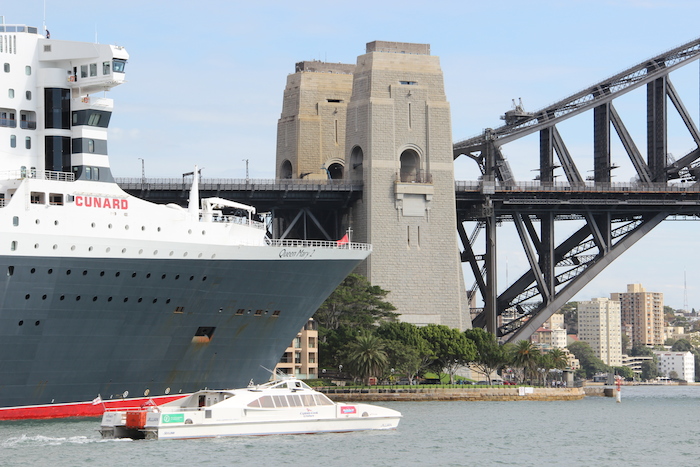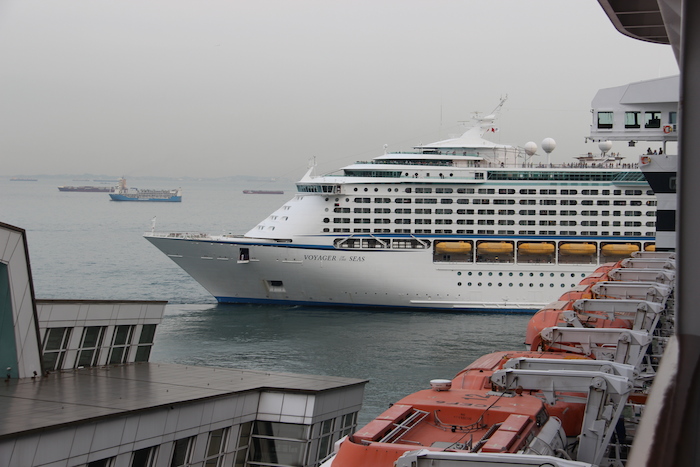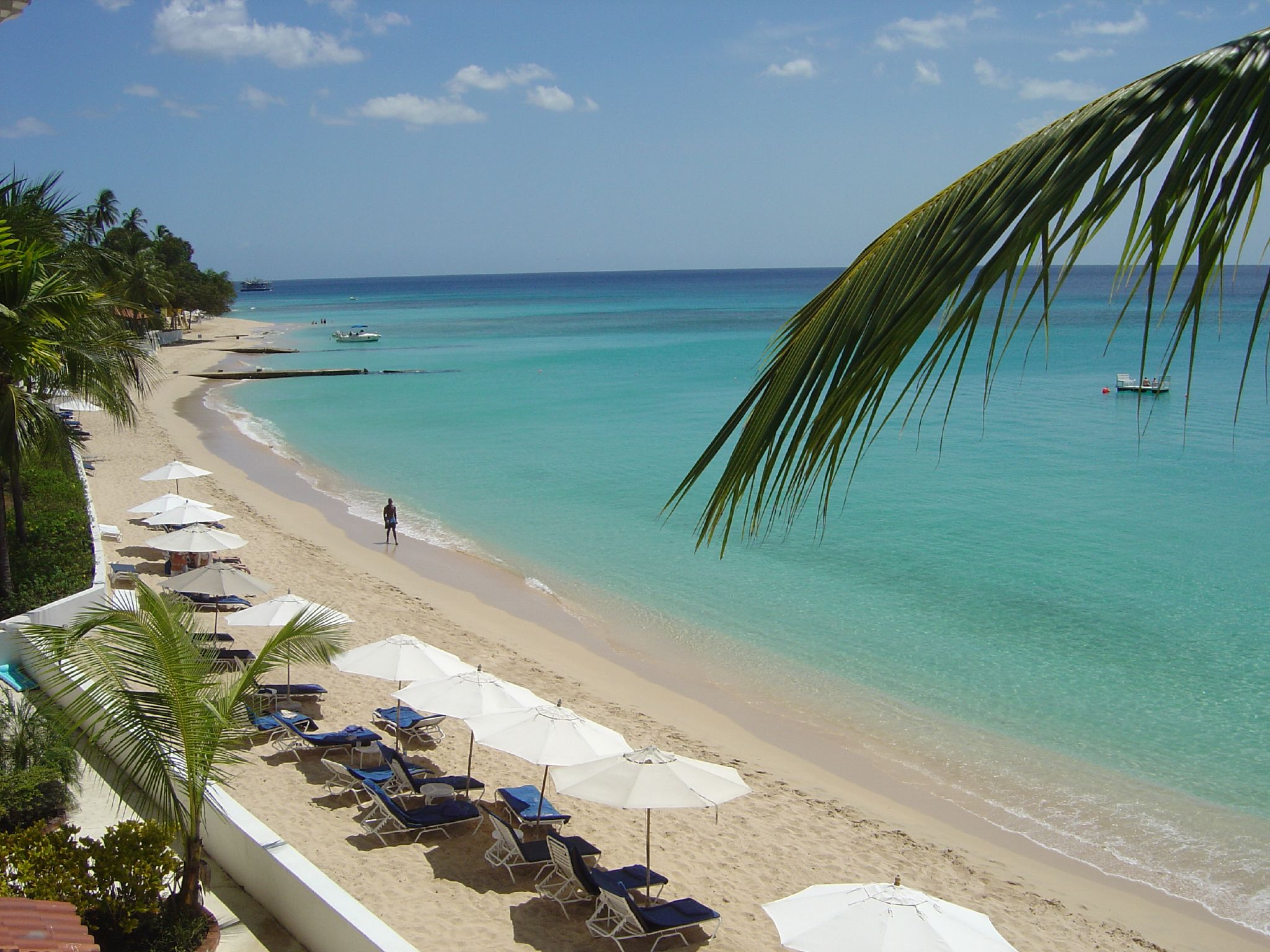World Cruise Tips – Advice for planning and getting the most from the trip
The first World Cruise was by Cunard’s RMS Laconia in 1922. It is a tradition that Cunard and other lines have continued since then. Travelling around the world on a ship takes around three months and usually operates between January and April. I travelled on a number of world voyage legs on Queen Mary 2 and developed a series of tips for anyone planning to go on part, or all, of one based on my experiences. The whole process can be complex and daunting, but if you use this advice you should find the process smoother – plan sailing even!
Planning Advice and Tips
Planning is everything
In addition to planning the cruise, you should plan for events that may occur at home while you are away.
As soon as you have decided to do a trip, start a list of things that happen and may reoccur while you are away. My list included items like ad-hoc costs and charges, meter readings, alarm servicing, refuse collection and contact details for repair men. You can then prepare a manual to leave with whoever is keeping an eye on your property while you are travelling.
Get passport ready
Ensure that it is valid and has at least six months to run after you get back from the trip, as some countries and lines require this. You must make sure you have a number of consecutive blank pages as this is another requirement for entry in some places.
You need to get visas for those countries that require it. The cruise line should alert you to which ones you need and how to get them, but do your own research as it is your responsibility to have the correct ones. Some can take a while to apply for and may require visits to the country’s embassy in your home country.
Get medically ready
While you need to ensure you have the right vaccinations, if they are recommended or required for any of the places you are visiting, it is also advisable to have a medical and dental check-up to pre-empt any issues arising while you are away.
If you take medicines for any health issues, get copies of the prescriptions and ensure you have enough to cover the trip. Some countries ban certain medicines, such as the United Arab Emirates, and so checking these limitations and having copies of prescriptions is essential.
I recommend you take your own personalised first aid kit with all the treatments for ailments you regularly suffer, or think you many encounter. You can then self treat minor issues without incurring medical centre charges or having to work through foreign medical systems. The on-board shops cannot sell over-the-counter medicines that you usually get from your local drugstore or pharmacy.
If you are from Europe, and some of your cruise is in the European Union, apply for and take your EU Medical Card, which will ensure you can access free healthcare in those countries.
Prepare for the worst
I recommend planning for things to go wrong. Ensure you have an up-to-date will and scan in key documents, like your passport, and email them to yourself and a friend. Alternatively you could make paper copies and share these.
Provide a detailed itinerary to close friends with details on how to contact you at various stages if needed, and include how they contact each other. Check in with them at various points on the trip via social media, Skype or phone calls.
Be Security Conscious
Consider having someone house sitting your property. We one some via TrustedHouseSitters.com and this gave us added security at home. I developed a detailed manual of how the house worked along with copies of the instruction guides for devices and various contact details. I notified the insurance company so they were aware. If you do not have anyone staying in your property then have lights on timers and someone check and clear any telltale signs, like promotional flyers or free newspapers, that suggest it is unoccupied.
Check your local government’s advice on travel to the destinations you are visiting. Then you can make considered decisions about what you do there and ensure your insurance is not at risk by ignoring the advice.
Notify Key Services
You should let your bank and credit card company know you will be travelling, and that they will see charges from various parts of the world. Also ensure your mobile phone operator has enabled you to receive and make calls from overseas.
Insurance
It is essential take out travel insurance. Even if you have an annual policy check with your provider, as many policies restrict coverage to individual trips of less than 30 days. You are likely to need a specific policy for a long trip. Cruise lines usually require the details for world voyages, but even if they do not it is essential to have it as you will be a long way from home for an extended period of time. The costs can be significant if you have to be evacuated off the ship, spend periods in a foreign hospital or have to be repatriated home.
In addition to medical insurance, ensure you are covered if you have to cut your trip short due to problems at home and for loss and theft. Pick pocketing is common in many ports or you might damage or loose value items like your camera.
Cruising Advice and Tips
Choose the Right Cruise Line
The most important thing of all is to choose the right cruise line to travel with. The difference between those who loved the voyage I was on and those that hated it was that the former were on the correct cruise line. The others should have been on a line like Royal Caribbean or Carnival which would have provided the entertainment and facilities they craved. It is essential for a short trip, but critical if you are going to invest thousands of dollars on a world voyage.
Cunard has a certain approach and style. There is a dress code of formal nights and informal nights, which require jackets for men and ladies in smart dresses. You have to follow the codes to get into the dining rooms or have to rely on room service and the buffet.
Cunard focuses on insight lectures, trivia competitions, bingo and dancing at night. They do not have deck parties and non-stop poolside activities. The entertainment is United Kingdom focused linked to the roots of the line. Some passengers were frustrated by the lack of partying and rowdy participation activities they had found on other lines, and had wrongly assumed would be served up on Cunard too. They found the multiple talks through the day and relative quiet and undisturbed time on deck as boring. They were on the wrong line.
Make sure you chose the right line before embarking on a world voyage. Many lines operate them and carefully review their on-board ambience, dress code, dining, facilities and entertainment to ensure it meets your needs before committing. It is advisable to have cruised with them and on the ship before going on an extended trip so you know what you are getting, and that you like it.
Understand the detail of the itinerary
When looking at the itinerary understand what ports you are actually going to be calling on – and how far they are from the destinations you want to visit. Some of the major cities are not always at the port. For example, on my voyage we called at Port Kelang for Kuala Lumpur, Laem Chabang for Bangkok and Port Phu My for Ho Chi Minh City which were all over an hour from the dock.
As you look at your options compare the ports of call and where large ships and small ships doing similar routes are docking. For example when I was in Vietnam, a smaller Silversea ship was docked right in Port Saigon near the centre of Ho Chi Minh City while the Queen Mary 2 had to dock over an hour away.
Pay attention to how many tender and docking ports there will be. In many of the more remote and unusual destinations ships have to anchor offshore and use tender boats to move passengers onto land. On big ships like Queen Mary 2 this is a major logistical issue and can led to frustrating lines and delays getting ashore.
Mix of sea days and ports
Look at the mix of sea and port days when comparing options by taking a careful look at a day-by-day listing of the entire trip. Some published itineraries highlight the date and port but not the sea days in between. There is likely to be periods of many of these at times. For example, when we sailed from Cairns to Kota Kinabalu there were three days at sea followed by six from there to Shanghai. If do not enjoy them this would not be an ideal voyage for you, and it would be better to find another line and route with more frequent stops.
Budgeting
The cost of the cruise will be significant but the costs once on board may be too. You need to ensure you understand what is included in your fare and budget the add-on costs for your cruise, as well as those you will be incurring at home while away.
The major items on the trip can include excursions and touring, which could be large if calling on many ports, visas, gratuities, drinks, spa, souvenirs, Wi-Fi and mobile roaming charges.
Excursions and self-touring
Cruise line excursions on an extended trip can leave you significantly out of pocket. It is worth exploring alternatives before committing to them.
Before going on the trip I recommend you research the ports and decide what you want to see when there and then look at the best way to see them. I use travel guides s, port guides on sites like CruiseCritic.com, blogs and even Wikipedia. Once I know what I want to see I review what the cruise line offers, tours from independent excursion providers like shoretrips.com and viator.com, what private guide services there are, check if the city has hop-on hop-off bus trips and finally if the attractions are within walking distance of where the ship will dock.
In the end I use a combination of these across the trip to offer a varied experience. I am a keen photographer and video maker and find that scheduled excursions tend to give a quick overview of as many sights as possible, often only viewing them from the outside and are not conducive to creating memorable images. So I use options that allow me greater flexibility like hop-on hop-off busses and self-touring using taxis and public transport.
Once on board there will often be port talks, information sheets and the excursions team who will answer questions and provide tips. You are also likely to meet passengers who have visited the destination before and can give practical advice too.
By self exploring and getting out and seeing places first hand through experiencing public transport and taxis you will also get a better feel for the destination than in the bubble of highly organised tour.
For more cruising advice and tips visit tipsfortravellers.com/cruising















